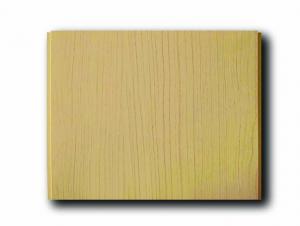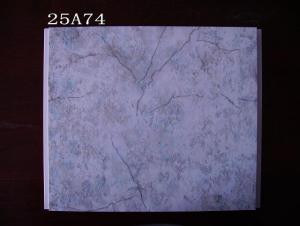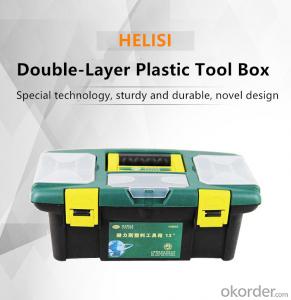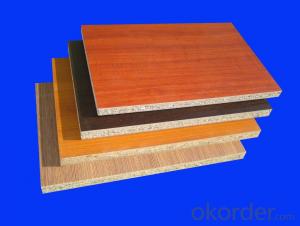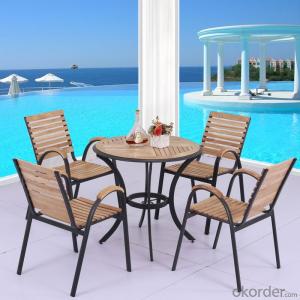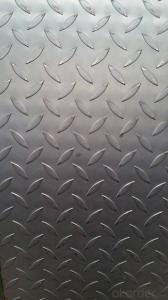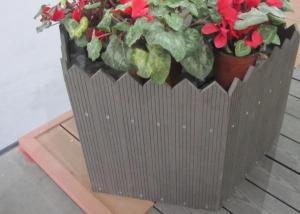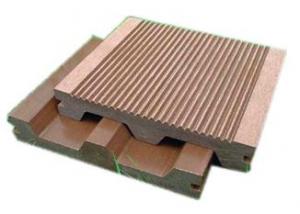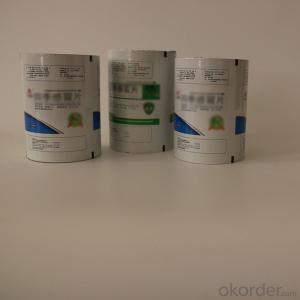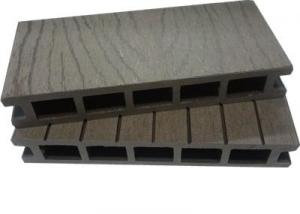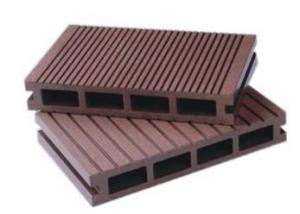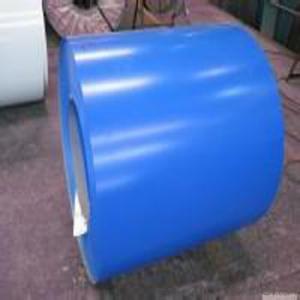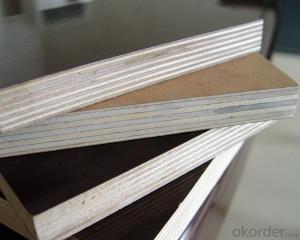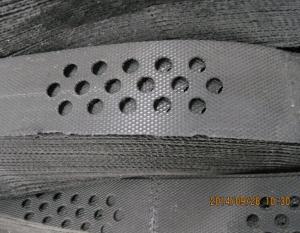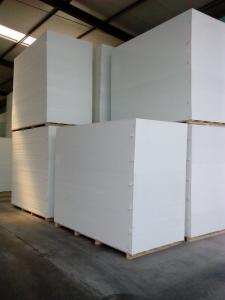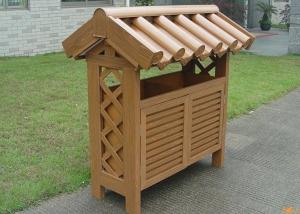Clear Plastic Sheets 4X8
Clear Plastic Sheets 4X8 Related Searches
Primer For Galvanized Steel H S Code For Stainless Steel Wd 40 For Stainless Steel Spray Paint For Stainless Steel Drill Bits For Stainless Steel Sponge For Stainless Steel Caulking For Stainless Steel Steel Vessels For Kitchen Best Solar Inverter For Home Led Table Lamps For HomeHot Searches
Steel Mesh Panels For Sale Price For Stainless Steel Scrap Scrap Price For Stainless Steel Cheap High Tea Sets For Sale Stainless Steel Tanks For Sale High Density Fiberboard For Sale Solar Hot Water Collectors For Sale Scaffolding For Sale In Uae Scaffolding For Sale In Ireland Scaffolding For Sale In Houston Type Of Inverter For Solar Price Of Shipping Containers For Sale Stock Price For Aluminum Used Solar Inverter For Sale Portable Led Signs For Sale Stone Hot Water Bottles For Sale Large Led Screens For Sale Used Aluminum Scaffolding For Sale 1/4 Aluminum Plate For Sale Pvc Chairs For SaleClear Plastic Sheets 4X8 Supplier & Manufacturer from China
Okorder.com is a professional Clear Plastic Sheets 4X8 supplier & manufacturer, offers integrated one-stop services including real-time quoting and online cargo tracking. We are funded by CNBM Group, a Fortune 500 enterprise and the largest Clear Plastic Sheets 4X8 firm in China.Hot Products
FAQ
- What is called anti fingerprint stainless steel sheet?
- The utility model improves the influence of fingerprints or oil pollution in the use of stainless steel products, and solves the difficult problem that the surface is easy to stick dirt and is difficult to clean. Meanwhile, the utility model avoids the defects of stainless steel surface damage, blackening or losing luster caused by the treatment of fingerprints or oil pollution by common chemical solvents. This is a new type of stainless steel surface processing technology, stainless steel material is not limited: such as 201#, 202#, 301#, 304#, 430#, 443# and so on can be processed!
- Yes, stainless steel sheets can be used for solar water heaters. Stainless steel is a durable and corrosion-resistant material, making it suitable for withstanding the harsh conditions of solar water heating systems. It ensures longevity and reliable performance in capturing and transferring solar energy to heat water efficiently.
- Indeed, cladding can utilize stainless steel sheets. The preference for stainless steel as a cladding material stems from its robustness, ability to withstand corrosion, and visual allure. It is frequently employed in the external cladding of structures, including facades, canopies, and curtain walls. Stainless steel sheets provide an elegant and contemporary look while furnishing defense against severe environmental circumstances. Furthermore, stainless steel cladding necessitates minimal upkeep, boasts an extended lifespan, and can be effortlessly cleaned, rendering it a pragmatic selection for both residential and commercial purposes.
- Fermentation tanks can indeed utilize stainless steel sheets. The reason behind this preference lies in stainless steel's durability, resistance to corrosion, and capability to maintain the desired temperature. Its non-reactive nature guarantees the purity and quality of the product by preventing any interaction with the fermenting substances. Furthermore, stainless steel's easy-clean and sanitize properties are vital in ensuring hygienic conditions throughout the fermentation process. On top of all that, stainless steel sheets can be shaped and sized according to specific requirements for fermentation tanks. Consequently, stainless steel sheets are a dependable and popular choice in multiple industries, including brewing, winemaking, and food processing.
- 304 why is stainless steel magnetic?
- However, due to segregation or improper heat treatment during smelting, there will be a small amount of martensite or ferrite in Austenitic 304 stainless steel. In this way, 304 stainless steel will have a weak magnetic.
- What about black titanium stainless steel?
- It is not easy to strip the black of the board for the purpose of etching the logo. There is hardly a chemical that can pass black. The so-called qualified fade, that is, after fading black, to ensure that the bottom of the mirror stainless steel. Without this standard, a strong acid or ferric chloride would corrode, but the surface black would have been roughened and not shiny, which would have been unsuccessful and less useful.
- In order to install stainless steel sheets, there are a few basic tools you will need and some steps that should be followed: 1. Begin by measuring and preparing the area where you intend to install the stainless steel sheets. Ensure that the surface is clean, dry, and free from any dust or debris. If necessary, smooth out any rough spots or imperfections on the surface by sanding them down. 2. Cut the sheets to the desired size and shape using a metal cutting tool such as a circular saw or a jigsaw with a metal cutting blade. For your safety, remember to wear protective goggles and gloves while cutting. 3. Apply a high-strength construction adhesive to the backside of the stainless steel sheet. Ensure that the adhesive is applied evenly, without leaving any gaps or air pockets. To achieve better coverage, you may use a notched trowel to spread the adhesive. 4. Carefully position the stainless steel sheet onto the prepared surface, making sure it is properly aligned. Apply gentle and consistent pressure to ensure that the sheet adheres to the surface. A roller or clean cloth can be used to firmly press the sheet onto the surface. 5. If necessary, use stainless steel screws to further secure the sheet. Place the screws evenly along the edges and corners, ensuring proper spacing. Be cautious not to overtighten the screws in order to avoid damaging the sheet. 6. Trim any excess stainless steel sheet that hangs over the edges to achieve the desired size. Use a metal cutting tool for this task. Once trimmed, smooth out any rough edges with a file or sandpaper. To give the sheet a polished finish and remove any smudges or fingerprints, a stainless steel cleaner can be used. Always make sure to follow the manufacturer's instructions for the specific stainless steel sheets you are using, as installation methods may slightly vary. If you are unsure or uncomfortable with the installation process, it is recommended to seek professional assistance.
- Certainly, decorative applications can certainly make use of stainless steel sheets. Stainless steel possesses great versatility, allowing it to be shaped, patterned, and finished in a variety of ways, rendering it an exceptional option for decorative purposes. Its sleek and contemporary look adds a dash of sophistication to any area, and it can be utilized in a multitude of ways, such as wall cladding, backsplashes, cabinet fronts, countertops, and furniture embellishments. Moreover, stainless steel sheets exhibit remarkable durability, resistance to corrosion, and ease of maintenance, making them an ideal choice for both indoor and outdoor decorative applications.





